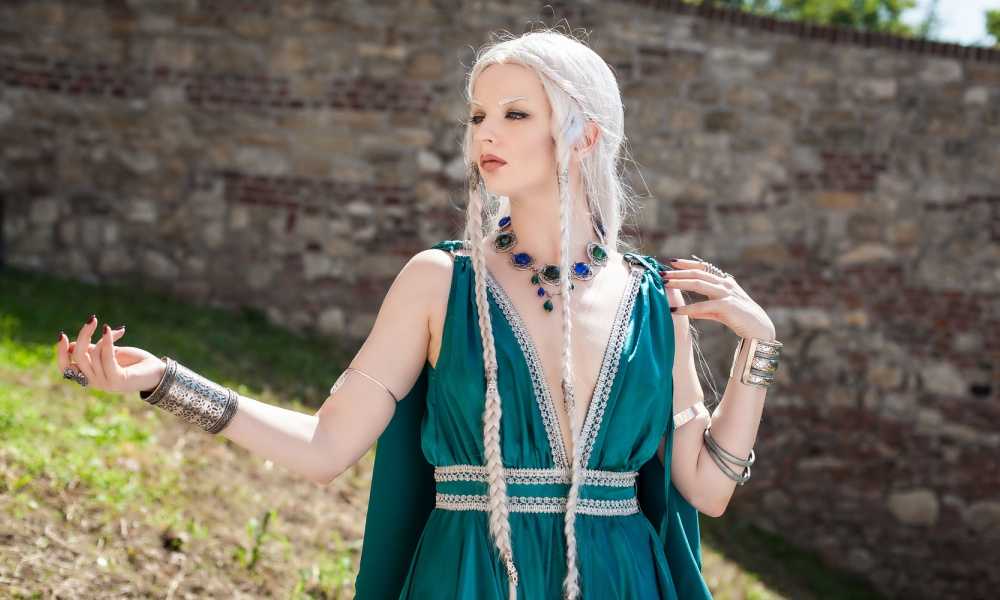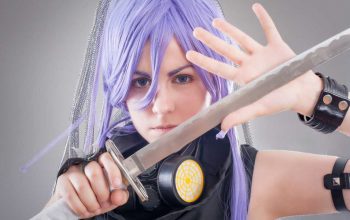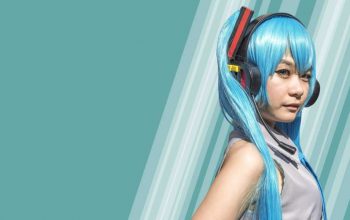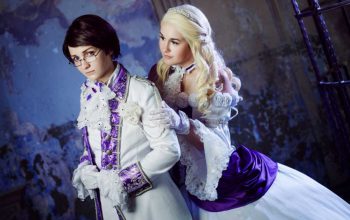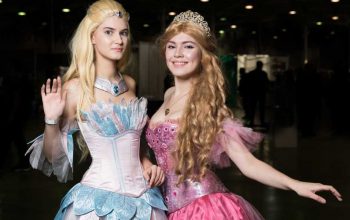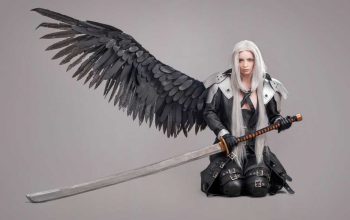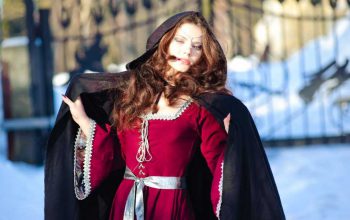Cosplay stands for “costume play.” Cosplay is enjoyed by thousands of people all over the world, from those that wear simple kirigumi outfits, those that purchase their costumes, to those who go all out and construct their costumes from scratch. Cosplay is based on a specific character of choice.
The individual chooses a character, and creates an elaborate costume. They work to make sure that not only the costume is perfect, but also the hair, and makeup, and even work on their voice, which is commonly known as “masquerading.”
Indeed, many cosplayers are so devoted, that they will work to create the perfect body through diet and exercise that matches their chosen character.
Originally, the characters for cosplay were generally from various Asian media, such as manga, anime, comics, videogames and film. Today, you can find cosplayers choosing characters from literary works, such as those from Jane Austen, to old television shows, such as “Lost In Space.”
No matter where the character is sourced, one thing remains true: The fans of cosplay are imaginative, resourceful and fun-loving people who are open to new ideas and sharing their knowledge via the Internet.
Whether you are an established sewer with years of experience, or have never touched a needle and thread in your life, you may find cosplay designs a bit of a challenge.
In order to create the best costume, it will be necessary for you to learn basic sewing skills, as well as some crafting and sculpting skills if you intend to make your own accessories, such as swords, guns, and garment decorations.
Cosplay costume patterns
Cosplay costume patterns can be simple or complex, depending on the chosen character. Cosplayers who are looking to create a representation of Iron Man, Pyramid Head or Tobor, will require less sewing and more sculpting and crafting knowledge.
These designs will require a three-dimensional costume pattern which will be created via papier-mâché or fiberglass materials. Those who opt for the fiberglass route, will find all the resources they need online, at such sites as Buyneu.com.
At these sites, you will be able to download a 3D pattern which you can then craft and sculpt, creating your costume. Sites such as these contain tutorials, videos, as well as helpful fan forums in case you need assistance.
If your costume is more along the lines of Sailor Moon, then a good, solid basic knowledge of how a sewing machine works, and some basic pattern reading skills should be all you need to complete your costume.
Many beginners find that reading patterns is difficult, due to the markings and symbols. Below is a selection of pattern markings to get you familiar with creating a well-constructed garment.
Basic pattern information
All patterns will usually have this basic information on their pieces. Always remember that different pattern companies may use variations of the following, so be sure to check your pattern instructions.
All pattern pieces are usually named and numbered, with a letter indicating which view it is. These pieces will also have the size of the pattern, along with information regarding lining and interface usage.
Symbol key
Most pattern companies will always include a key to the symbols seen on your pattern. This symbol key can be located on the pattern itself and/or the direction sheet. This is quite useful for beginners as they work to construct their first cosplay costume.
Pattern adjustment lines
These are solid black lines which indicate where to shorten or lengthen your garment. This is important; if you do not follow these markings and simply eyeball an adjustment, your garment will lose its fit, and hang badly.
Waistline markings
A solid black line used in fitting the pattern to the wearer. It indicates where the waist should be.
Stitching lines
Some patterns will have stitching lines and others will not. Stitching lines are the broken lines which tell the sewer where to sew the garments. Many newbies use these stitching lines to assist them in constructing the garment.
Dots
Dots will be on your patterns and will require the use of tracing paper. All dots must be traced onto the fabric, usually by making a simple “cross” marking. Dots will tell you when to start and stop your sewing. They also serve as markers for darts.
Grainline
Grainlines are important to observe if you want your garment to hang well, and look as if sewn by an accomplished sewer. A garment can be constructed to perfection, but if the grainline is ignored, it will look, feel and fit oddly.
Place on fold
This line tells the sewer that the edge of the pattern with this marking, needs to be placed on a fabric fold.
Notches
Notches are single, double, triple or quadruple. Notches are used to line up the fabric pieces you will be sewing together. Notches may be cut into the seam allowance, or outward; however, for beginners it is advised that they cut outward to avoid mistakes.
Cutting lines
The cutting line is a solid black line which indicates where you are to cut your fabric. Before you cut, make sure that your pattern brand includes a seam allowance.
If not, you will have to cut out your pattern with the seam allowance. A seam allowance refers to the area between the edge of the cut fabric and the stitching. Common seam allowances are 1/4″, 1/2″ and 5/8″.
Conclusion
There you have it, a basic introduction to starting your own cosplay adventure from a cosplay costume pattern. We recommend that you surf the net and see other cosplay outfits, to see which direction you would like to go.
After you have a solid idea on the character and style, feel free to visit the best sites such as Buyneu.com, where you can build your costume with confidence and the support of an entire cosplay community.

